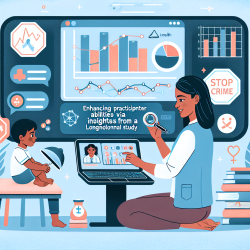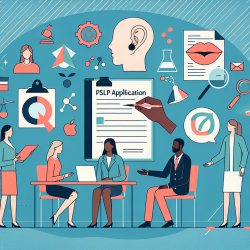Why ER Dysphagia Assessments Matter
The study revealed that providing dysphagia assessments in the ER can:- Identify swallowing difficulties early, potentially reducing the length of hospital stays.
- Prevent complications such as aspiration pneumonia, malnutrition, and dehydration.
- Enable timely interventions, including diet texture modifications and compensatory swallowing techniques.
Key Findings
The pilot project assessed 246 patients over seven months, targeting ten high-risk categories. Here are some significant outcomes:- 84% of patients showed at least one abnormality in oral-motor or swallowing skills.
- 31% of patients were recommended a pureed food texture with thickened liquids.
- Emergency room assessment was deemed sufficient for 74 patients, reducing the need for further follow-up.
Implementation Tips for Practitioners
If you're an SLP looking to implement ER dysphagia assessments, consider these steps:- Collaborate with ER staff to identify high-risk patients early.
- Provide in-service training to nurses on recognizing dysphagia symptoms.
- Ensure the availability of thickened liquids and other necessary materials in the ER.
- Use a standardized assessment form to streamline the process.
Encouraging Further Research
While the pilot project showed promising results, further research is needed to fully understand the long-term benefits and cost-effectiveness of ER dysphagia assessments. Practitioners are encouraged to:- Conduct similar pilot projects in their institutions.
- Share their findings with the broader SLP community.
- Advocate for the inclusion of SLPs in ER teams to provide early dysphagia assessments.
To read the original research paper, please follow this link: Emergency Room Assessment and Intervention for Dysphagia: A Pilot Project










